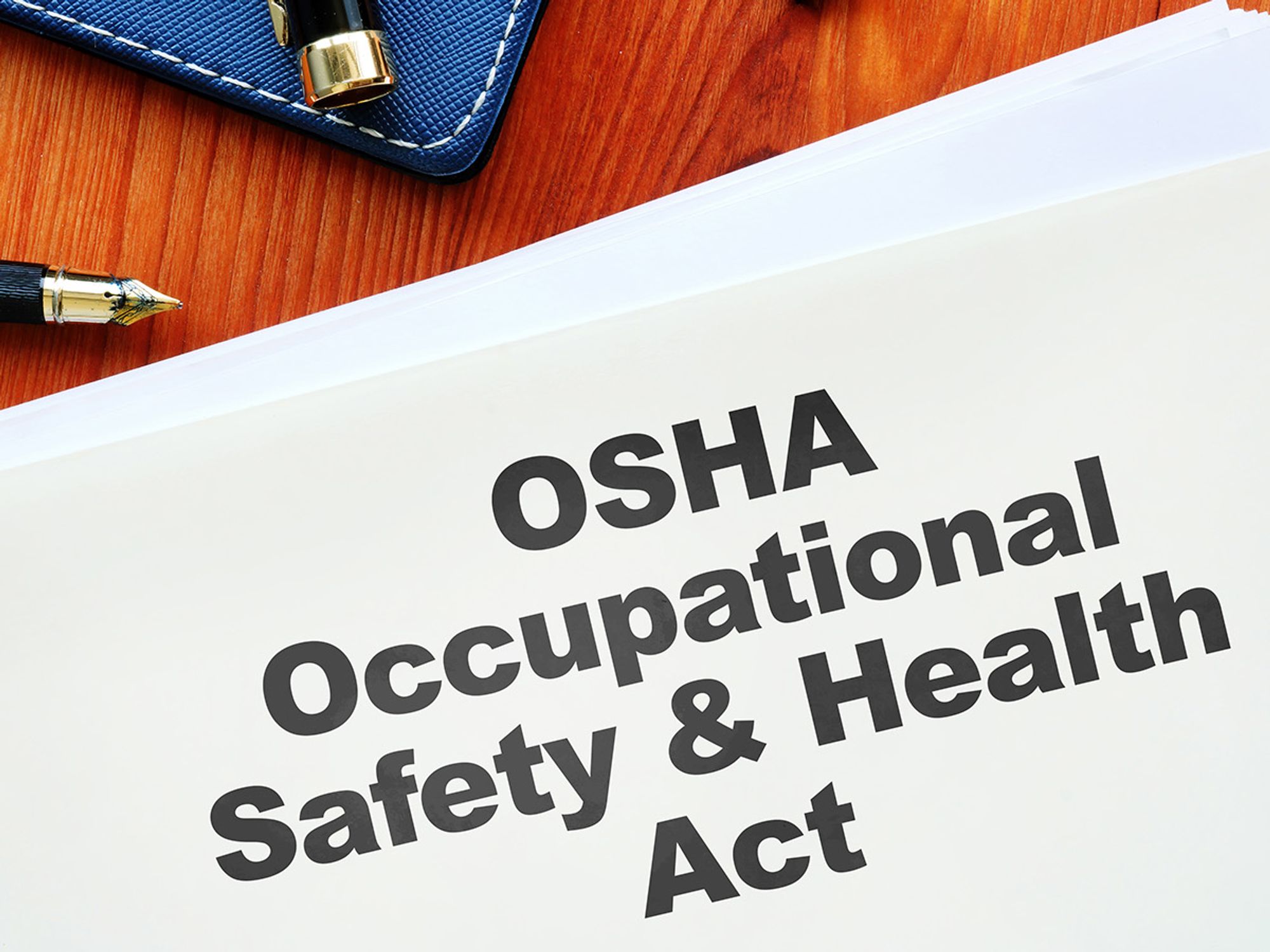Related laws

- OSHA has the authority to issue regulations that apply to bloodborne pathogens through two laws, the OSH Act and the Needlestick Safety and Prevention Act.
Two laws give the Occupational Safety and Health Administration (OSHA) authority to issue regulations pertaining to bloodborne pathogens.
The OSH Act of 1970, Public Law 91-596
Section 5(a)(1) of the OSH Act states that “each employer shall furnish to each of his employees employment and a place of employment which is free from recognized hazards that are causing or are likely to cause death or serious physical harm to his employees.” This law, known as OSHA’s General Duty Clause, may be used to cite employers for failure to provide a workplace free from exposure to bloodborne pathogens. Where 1910.1030 does not apply, this clause may be used for enforcement.
See the full Occupational Safety and Health Act of 1970.
Needlestick Safety and Prevention Act, Public Law 106-430, November 6, 2000
The Needlestick Safety and Prevention Act was signed into law (Public Law 106-430) on November 6, 2000. It directed OSHA to do the following:
- Revise the Bloodborne Pathogens Standard to include new examples in the definition of engineering controls;
- Require exposure control plans to reflect changes in technology that eliminate or reduce exposure to bloodborne pathogens;
- Require employers to document consideration and implementation of safer medical devices in their exposure control plans each year;
- Require employers to gather and document input from non-manager employees who are responsible for direct patient care in the identification, evaluation, and selection of engineering and work practice controls; and
- Require certain employers to establish and maintain a log of percutaneous injuries from contaminated sharps.
OSHA published these revisions to 1910.1030 on January 18, 2001, with an effective date of April 18, 2001.
